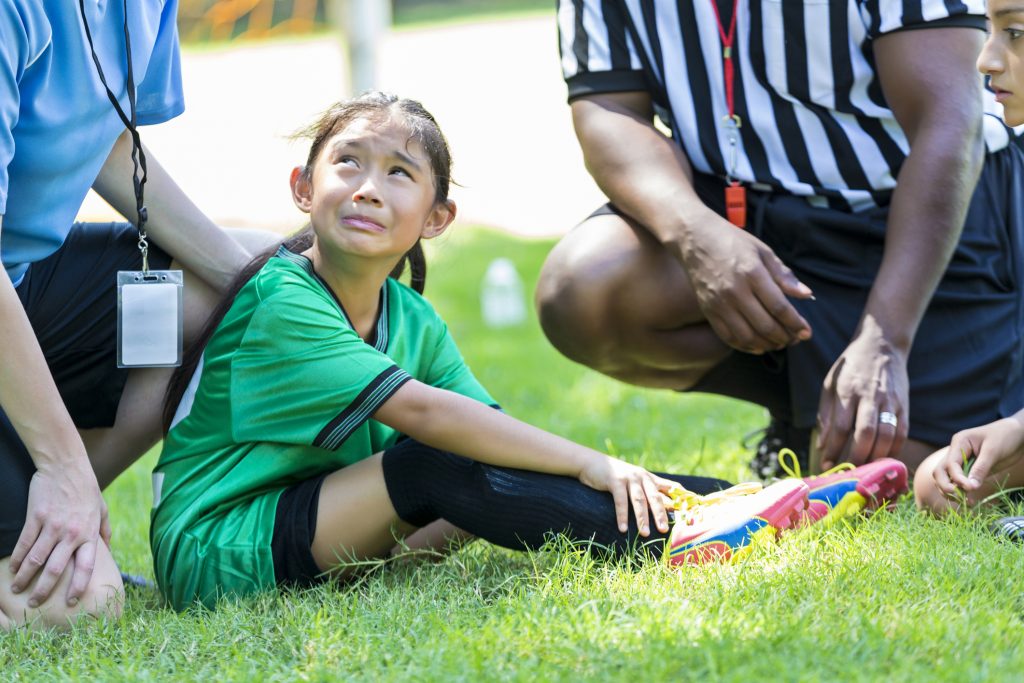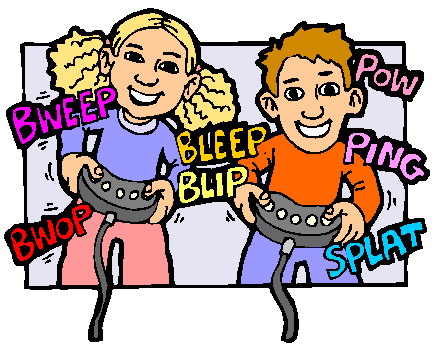It is fall, and that means lots of sports have just kicked into high gear. With things like playoffs, district meets, and tournaments coming up, young athletes are pushing themselves to the limits with practices and games, trying to be the best they can be for these big competitions.
With this extra practice comes a lot of aches and pains – one of the most common is shin pain. Shin pain or “shin splints” is something that often creeps up as we hit the middle of a season of intense sports. We see them most often in cross-country runners, but they can occur in other sports that require a lot of running, like soccer. Athletes will complain of shin pain while they’re active, that tends to improve with rest. It can be either achy or sharp and can often lead to a decrease in speed and lower performance. The pain can be located on the front or middle of the shin.
Why do shin splints happen?
- Increasing the amount of running too quickly
- Switch in running surface (i.e. going from track to trail running)
- Worn footwear (not enough padding left!)
- Poor flexibility in the lower leg
- Differences in running style (how your foot hits the ground when you run)
If your young athlete has started to develop shin pain with sports activities, here are some things you can do:
- REST! This is most important. Take a few days off from running/soccer/sports to see if the shins feel better. Consider cross training (biking, swimming) to take the stress off of the lower legs.
- Ice
- Stretch the calf and Achilles
- Make sure footwear has been changed (recommend changing shoes every 300-500 miles). Consider getting shoes fitted from a running store to ensure a good fit.
If pain improves with the above measures, the athlete can slowly start working back to activities. Make sure they do it gradually! If they jump right back in, the pain will likely return.
Here are some signs it’s time to visit a doctor about your young athlete’s shin pain:
- No improvement with rest
- Pain moving to one location (would make us more worried about a stress fracture)
- Numbness or tingling down the legs with the pain.
If these things occur, the doctor may need to look more closely with x-rays or other testing to make sure something more serious is not going on. They may also prescribe things like physical therapy. As always, the goal is to keep your young athlete safe and healthy on the field!






Comments